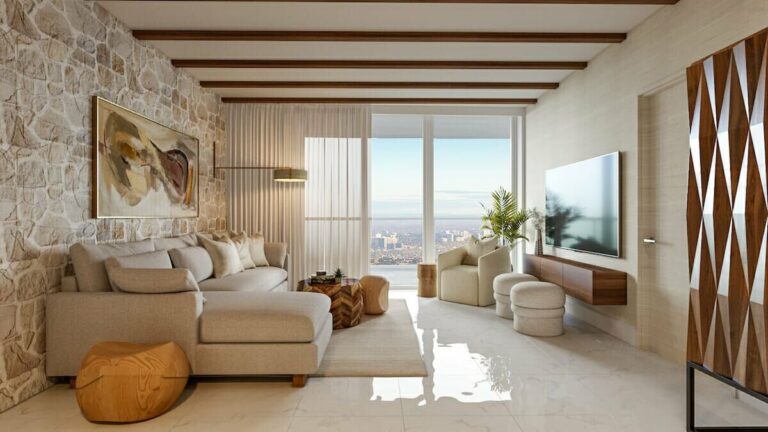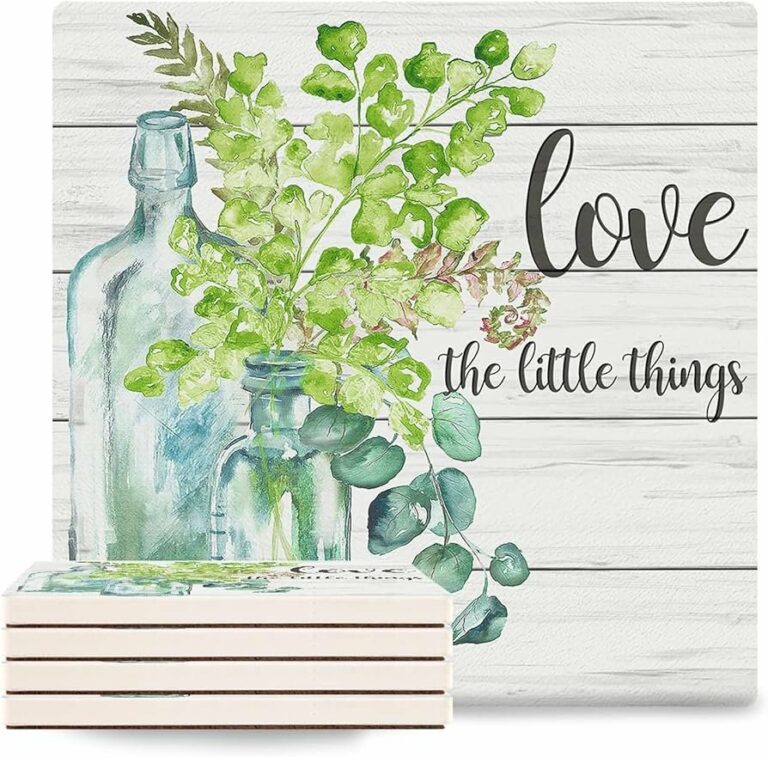Eco-Friendly Fabrics Alternatives To Upholstery In Furniture
Today we discuss Eco-Friendly Fabrics Alternatives To Upholstery In Furniture. If you have ever wondered how to make your furniture more sustainable and environmentally friendly, you’re in luck. Several eco-friendly alternatives to traditional upholstery fabrics can transform your home into a more sustainable space. So, what are some of these alternatives? Keep reading to find out!
Eco-Friendly Fabrics Alternatives To Upholstery In Furniture:
Due to the growing environmental consciousness, individuals are looking for ways to incorporate eco-friendly habits into their everyday routines, such as selecting sustainable upholstery fabrics for their furniture. Conventional fabrics can be detrimental to the environment because of their synthetic components, but there are numerous chic and eco-conscious alternatives worth exploring. This guide will explore these options and their benefits.
Organic Cotton:
Organic cotton is becoming increasingly popular as an eco-friendly alternative to traditional upholstery fabrics. It is grown without the use of synthetic pesticides or fertilizers, making it a more sustainable option. Additionally, organic cotton is free from toxic chemicals that can be harmful to both the environment and human health.
Some benefits of choosing organic cotton for upholstery include:
- Reduced water consumption during the growing process
- Protection of soil health and fertility
- Supporting fair trade and ethical farming practices
- Natural and hypoallergenic properties
- Biodegradability
Linen:
Linen is another eco-friendly upholstery fabric that is gaining popularity. Made from the fibers of the flax plant, linen is a durable and sustainable option. It requires less water and energy to produce compared to other fabrics, making it an environmentally conscious choice.
Advantages of using linen as an upholstery fabric include:
- Natural cooling properties
- Highly breathable and moisture-wicking
- Antibacterial and hypoallergenic
- Resistant to pilling and fading
- Biodegradable and recyclable
Hemp:
Hemp is a versatile and sustainable fabric that can be used for upholstery. It is derived from the fibers of the cannabis plant and has gained recognition for its environmental benefits. Hemp requires fewer pesticides, herbicides, and water compared to other crops, making it a more sustainable choice.
Benefits of using hemp upholstery fabric include:
- Strong and durable
- Thermoregulating properties
- Resistant to mold, mildew, and UV rays
- Antibacterial and hypoallergenic
- Biodegradable and recyclable
Recycled Polyester:
Recycled polyester is a sustainable alternative to traditional polyester upholstery fabrics. It is made from post-consumer plastic bottles and other recycled materials, reducing the demand for new resources. By choosing recycled polyester, you can help minimize waste and support the circular economy.
Advantages of using recycled polyester upholstery fabric include:
- Reduces dependence on fossil fuels
- Requires less energy and water compared to virgin polyester
- Diverts plastic waste from landfills and oceans
- Durable and resistant to wrinkles and fading
- Can be recycled multiple times
Cork:
Cork is a unique and eco-friendly upholstery fabric that offers both style and sustainability. It is obtained from the bark of the cork oak tree, which regrows after harvesting, making it a renewable resource. Cork upholstery fabric is lightweight, durable, and has natural antimicrobial properties.
Benefits of choosing cork as an upholstery fabric include:
- Renewable and biodegradable
- Water-resistant and easy to clean
- Fire-retardant without the need for additional chemicals
- Insulating properties
- Does not absorb dust, allergens, or odors
Bamboo:
Bamboo is a rapidly renewable resource that is gaining popularity in the world of sustainable upholstery fabrics. It grows quickly without the need for excessive water, pesticides, or fertilizers. Bamboo upholstery fabric offers a soft and luxurious feel while being environmentally friendly.
Advantages of using bamboo upholstery fabric include:
- Eco-friendly cultivation and harvesting process
- Antibacterial and hypoallergenic
- Highly breathable and moisture-wicking
- UV resistant
- Biodegradable and recyclable
Wool:
Wool is a natural and renewable upholstery fabric that has been used for centuries. It is derived from the fleece of sheep and offers numerous environmental benefits. Wool is biodegradable, recyclable, and requires minimal processing compared to synthetic materials.
Benefits of using wool as an upholstery fabric include:
- Naturally fire-resistant
- Temperature-regulating properties
- Resistant to staining and wrinkling
- Reduces indoor air pollutants
- Long-lasting and durable
Jute:
Jute is a plant-based fiber that is often used for upholstery due to its sustainability and affordability. It is a renewable resource that grows quickly with minimal water and chemical inputs. Jute upholstery fabric offers a natural and rustic look to furniture.
Advantages of using jute as an upholstery fabric include:
- Biodegradable and compostable
- Energy-efficient production process
- Carbon dioxide absorption during growth
- Durable and strong
- Low maintenance and easy to clean
Pinatex
Pinatex is a sustainable and cruelty-free alternative to traditional leather upholstery. It is made from the fibers of pineapple leaves, which are a byproduct of the pineapple industry. Pinatex upholstery fabric provides a leather-like texture while being environmentally conscious.
Benefits of using Pinatex upholstery fabric include:
- Reduces waste from the pineapple industry
- Biodegradable and compostable
- Durable and long-lasting
- Water-resistant and easy to clean
- Vegan and cruelty-free
Silk:
Silk is a natural and luxurious upholstery fabric that can also be eco-friendly when sourced sustainably. Organic silk is produced without the use of harmful chemicals, making it a more environmentally conscious choice. It offers a smooth and elegant finish to furniture.
Advantages of using silk as an upholstery fabric include:
- Renewable and biodegradable
- Hypoallergenic and breathable
- Moisture-absorbent and quick-drying
- UV resistant
- Low environmental impact with sustainable production practices
Faqs for Eco-Friendly Fabrics Alternatives To Upholstery In Furniture:
Organic cotton is a sustainable and eco-friendly alternative to traditional upholstery fabrics. It is grown without the use of harmful pesticides and synthetic fertilizers, reducing the impact on the environment. Additionally, organic cotton is free from harmful chemicals, making it a healthier choice for both your home and the planet.
Yes, recycled polyester is a viable eco-friendly alternative for upholstery fabrics. It is made from post-consumer plastic bottles and other recycled materials, diverting waste from landfills and reducing the need for virgin polyester production. Recycled polyester also consumes less energy and water during manufacturing compared to conventional polyester.
Yes, there are several sustainable alternatives to leather for upholstery. One option is cork fabric, made from the bark of cork oak trees. It is durable, water-resistant, and biodegradable. Another alternative is Piñatex, a leather-like material made from pineapple leaf fibers. It is a byproduct of the pineapple industry and offers a cruelty-free and sustainable alternative to traditional leather.
Hemp fabric is another eco-friendly alternative for upholstery. It is made from the fibers of the hemp plant, which requires minimal water and no pesticides to grow. Hemp fabric is strong, breathable, and naturally resistant to mold and mildew. It can be used in various upholstery applications, including furniture, cushions, and curtains.
Yes, bamboo fabric is a sustainable option for upholstery. Bamboo is a fast-growing plant that does not require pesticides or fertilizers, making it an environmentally friendly choice. Bamboo fabric is soft, durable, and naturally antimicrobial, making it suitable for upholstery applications. It is also biodegradable, reducing its impact on the environment at the end of its life cycle.
Final Thoughts
Environmentally friendly upholstery fabrics are becoming more popular as people learn about the impact of traditional materials. Fabrics made from organic cotton, hemp, and linen offer sustainable alternatives. Innovative materials like Piñatex, made from pineapple leaf fibers, and Mylo, a mushroom-based leather alternative, provide eco-conscious consumers with sustainable options that are durable and aesthetically pleasing. Switching to these eco-friendly fabrics can help reduce waste and carbon footprint while maintaining style and comfort.


